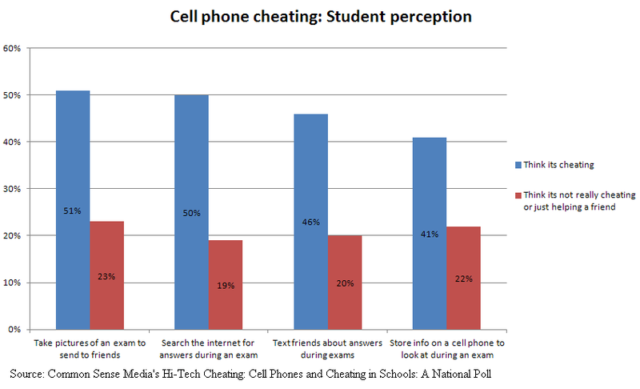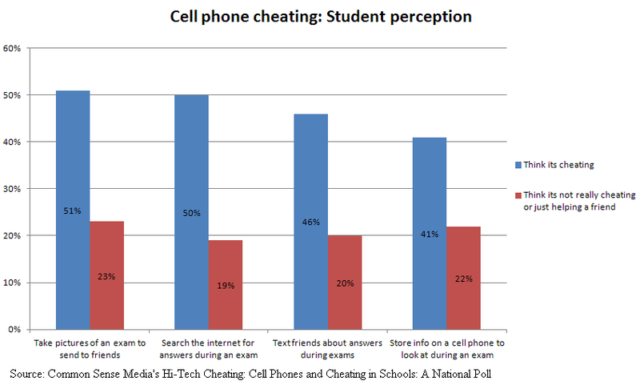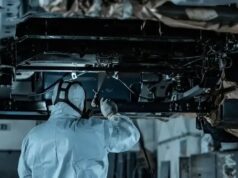
Is it possible to assign a grade completely on machine graded problems? I want to see the work my students are producing and to grade their ability to solve and explain their work.
Because of this belief, no more than 50% of the grade in my class is machine graded (in my case MyMathLab). The other 50% are assessments that I grade (in my case projects). Here is the break down I use in all of my classes:
- Homework and Technology Assignments – 20%
- Quizzes – 30%
- Project Technical Memos – 50%
I do not give exams in my classes. I consider the project technical memos to take the place of traditional exams. I gave exams for over 20 years and I was never completely comfortable with their ability to assess student learning. In addition, over half of the students I teach are online. The logistics of administering exams at many different locations securely is overwhelming. The other possibility of requiring students to come to campus is not feasible since many of my students are from out of state or even out of country. I am not completely against exams, but I don’t think they are as secure as many faculty believe.

Student integrity in classes is a very important issue. Students have cheated in the pass and will probably cheat in the future. Technology has only made it easier for students to cheat. Camera phones, easily duplicated fake IDs, instant messaging and many other technical achievement make it very easy for students to cheat in class and online. If you are in doubt, try a search on with the phrase “how to cheat”. The search results are funny, but a bit disheartening.
The best I think I can do is to teach students about integrity and professionalism…and to make it hard for them to cheat. Requiring several intermediate assignments, like technology assignments, encourages students to start early on their project. In the Student and Teachers project, there are four technology assignments that students complete. In addition, there are 50 different sets of data that you can assign to students. After a year or two, students will often find copies of project memos from previous semesters. Luckily, the NCES updates the data in this project annually and I get new datasets each year. If you need more than 50 sets of data, you could organize the data by school district. There are hundreds of school districts across the country so the number of unique projects is essentially unlimited.
Another strategy I use is to have each student create their own project based on some personal identifier. In the Arsenic project, students mix together water from three different wells to come up with a blend that is 8 parts per billion. The level of arsenic in each well and the daily demand for water is established using the number of letters in their first, middle and last name. Although this leads to some overlap in projects, all; of the blends do not meet the requirements in the problem. Students then attempt to change the problem in a reasonable way to meet the criteria.
In the Gas Prices project, students attempt to mix together three different grades of gas. The blend must have a specific octane and fill the tank of their own car. By using their own tank, they start to customize the problem. In addition, I ask them to do this as cheaply as possible where the prices for regular, mid, and premium gass come from their local gas station. Since prices change almost daily, octanes are different in different states, and tanks have different sizes, I never get projects with exactly the same data.












